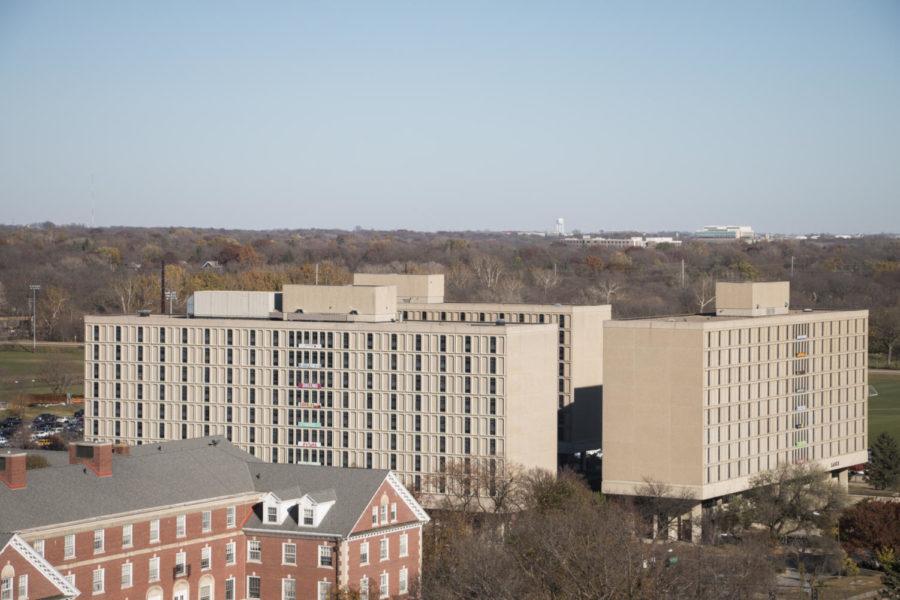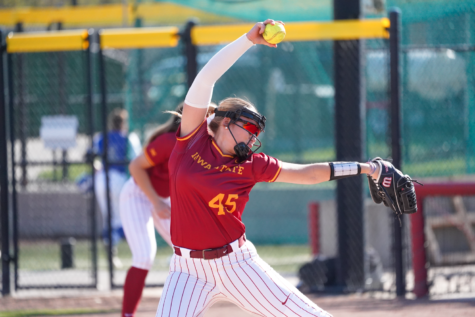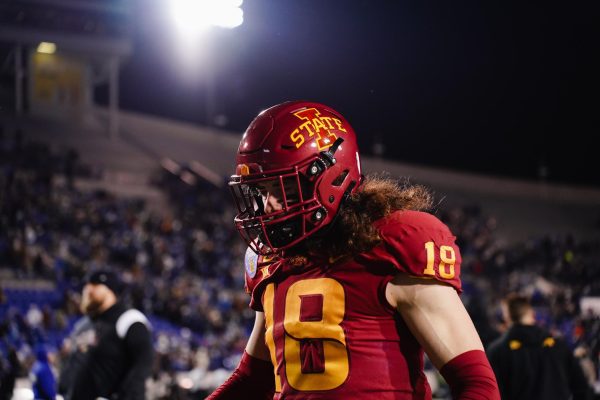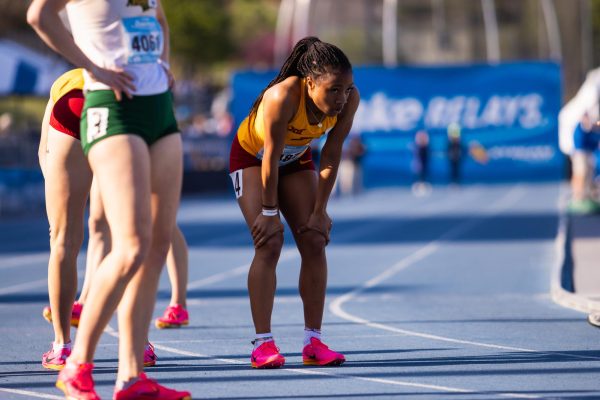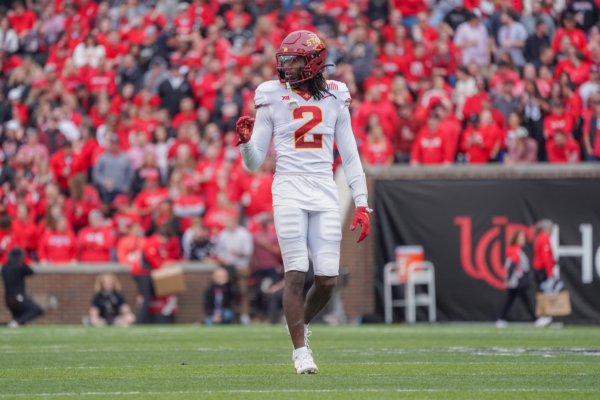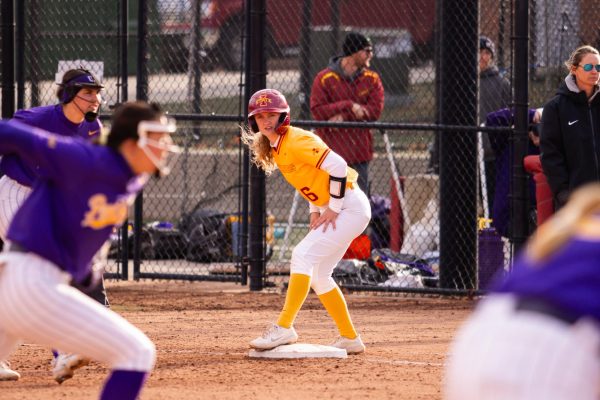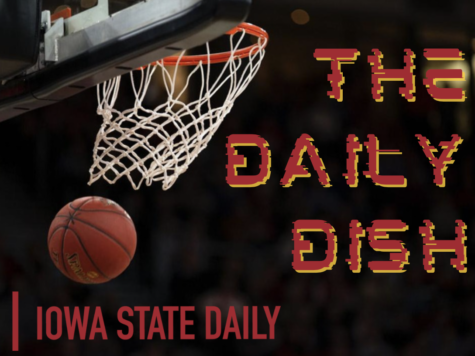COLUMN: Remembering the original roller derby
September 23, 2003
Just the other day in my sports sociology class, our professor brought up the concept of “pseudo-sports” — sports that are put-on or fake.
We talked extensively about pro wrestling, and I gave another example — roller derby. After class, I revealed to my professor a little secret of mine.
Thirty years ago, I was part of the original roller derby. But not a as skater — I worked as a trackside announcer for the final few months that the derby really was the roller derby.
Just a brief history about the “sport.” It was started back in Chicago in the 1920s, by a man named Leo Seltzer. The games were played at the old Chicago Coliseum. Skaters trained constantly and traveled to games by train.
Roller derby is played on a banked track, with teams of five men and five women.
The two opposing teams of skaters form a pack, which consists of a pivot skater at the front, two blockers in the middle, and two jammers. When a jam starts, the jammers have 60 seconds to leave the pack, skate around the track and pick up points by skating past members of the opposing team.
Roller derby started to grow in popularity in the 1940s, largely by means of a weekly television show. Names like Annis “Big Red” Jensen, Billy Bogash and Buddy Atkinson graced the screen each week.
The game found new popularity in the 1950s and 1960s. I remember growing up and watching the San Francisco Bay Area Bombers each week. They were led by No. 40, Charlie O’Connell. The Bombers battled teams such as the Northwest Cardinals, Midwest Pioneers and New York Chiefs, among others. Everyone I knew cheered for the Bay Bombers. They were truly “America’s Team.”
My personal interest in roller derby started after I graduated from high school. I went to a broadcasting school in Milwaukee and went to a couple of games at the old Milwaukee Auditorium. Something got into my head, and suddenly I wanted to be out there skating just like my idols.
My parents strongly objected. “Are you crazy?” they asked me. “You’ll break your neck, you’ll break your leg. You’re throwing your life away.”
But I was determined to make my “dream” happen. So I moved to Chicago and attended games and eventually went to a training camp, headed by a former Bomber great, jammer Lou Donovan. One evening, in the midst of training, while I was at a regular roller skating rink, I took a bad fall and bruised my right hip. I spent the night in the hospital and I was black and blue all the way down my leg. I still have a lump in my right hip from that injury.
As a result, my days as a skater were over. I just wasn’t tough enough — I was a cream puff.
But there was another avenue I could take. Lou Donovan opened up the door for me to get a tryout as an announcer. This audition came up during a very important series between the Midwest Pioneers of the International Roller Derby League and the Los Angeles Thunderbirds from the National Skating Derby.
I got my tryout at a game in that series held at the Pioneer’s home arena in Hammond, Ind. Chet Coppock, who was a sportscaster for a television station in Chicago that carried roller derby, recommended me to Jerry Seltzer, who is Leo Seltzer’s son. A few days after the tryout, Seltzer hired me.
It was the fall of 1973, and Roller Derby was about to undergo some major changes. It was the middle of the energy crisis, and we were traveling from one city to another in cars. I was the announcer for the Midwest Pioneers. We would travel from St. Louis, to Indianapolis, to Green Bay, then back to Chicago. Crowds were getting thin, and Jerry Seltzer was looking for a way out.
Seltzer filed for bankruptcy and sold all his territories to Bill Griffith Sr. and the National Skating Derby. I was laid off and went back home to Iowa.
While I was involved with the original roller derby, I got to meet and work with some of the all-time greats. I will always remember Joan Weston. She was like a second mother to me. Whenever I messed up on the track, and there were times when I did, we would sit down and have a heart-to-heart talk about it. And it really helped.
Joan Weston passed away a few years ago from a rare form of cancer. May she rest in peace.
I got to meet and work with Charlie O’Connell. It was in St. Louis, when the Bombers came to town to play the Pioneers. O’Connell had a match race with the Pioneers “Bald Eagle” Bob Hein. Hein beat the daylights out of O’Connell that night, but it was great that I got to meet my all-time favorite, No. 40.
Another favorite was “Dynamite” Mike Gammon. Gammon was the fastest skater on the track. He could skate before he could even walk as a child, and he had such a natural balance.
Another skater I will never forget is Ronnie Robinson, the son of professional boxer Sugar Ray Robinson. Ronnie was quite the fighter. He went to training camp under an assumed name, Ronnie Smith, because he was afraid his father would not approve of what he was doing. He let the cat out of the bag when he made the grade as a skater. Ronnie was one of the toughest fighters I ever met. He was a fan favorite wherever he went.
I could go on about the great skaters and fun times we had back then.
Roller Derby did make a comeback a while ago with “Roller Jam”, which was on cable television. It was roller derby on inline skates. The skating was exciting, but what killed it was the storylines they created. It turned the sport’s comeback into a joke, and roller jam died a merciful death on TV.
Today, there are two roller derby leagues, one in California and the other in Texas, but to this day there is nothing on TV.
It would be great to see the old Roller Derby tapes again. It would be great to hear Walt Harris call the action, and to see the likes of Weston, O’Connell, and others skate and battle their way to victories for their teams.





